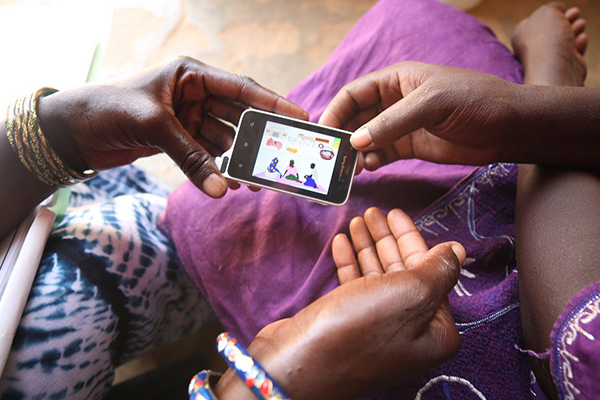 How can ICT4D improve healthcare in developing countries?
How can ICT4D improve healthcare in developing countries?
There are many ways in which ICT4D (Information and Communication Technologies for Development) can improve healthcare in developing countries. Some examples include:
- Telemedicine: ICTs can be used to connect healthcare providers in remote or underserved areas with specialists in urban centers, allowing for the delivery of high-quality medical care to people who might otherwise not have access to it.
- Health information systems: ICTs can be used to create and maintain electronic health records, which can improve the accuracy and efficiency of healthcare delivery and reduce the risk of medical errors.
- Disease surveillance and outbreak response: ICTs can be used to track and monitor the spread of diseases, allowing for more effective and timely responses to outbreaks.
- Public health campaigns: ICTs can be used to deliver health education and information to large populations through social media, mobile apps, and other digital platforms, helping to raise awareness about health issues and promote healthy behaviors.
- Supply chain management: ICTs can be used to improve the management of medical supplies, ensuring that they are delivered to the right place at the right time, and helping to prevent shortages and wastage.
Overall, the use of ICTs in healthcare can help to improve access to care, quality of care, and the efficiency of healthcare delivery in developing countries, ultimately leading to better health outcomes for the populations served.
Read More About ICT4D in Healthcare Below
Please Submit Your Session Ideas for Global Digital Health Forum 2019
Join us for 6th Annual Global Digital Health Forum on December 9-11 at the North Bethesda Marriott just outside Washington, DC. The 2019 Global Digital Health Forum...
4 Case Studies Using Digital Financial Services to Improve Global Health
Digital financial services provide health programs with opportunities to accelerate progress toward global health goals and outcomes. Global health program managers...
4 Artificial Intelligence Use Cases for Global Health – Your Weekend Long Reads
Artificial intelligence (AI) has potential to drive game-changing improvements for underserved communities in global health. In response, The Rockefeller Foundation...
Apply Now: $5 Million in Grant Funding for Your Digital Health Solutions
The Bill & Melinda Gates foundation harnesses advances in science and technology to save lives in developing countries. They work with partners to deliver proven...
New DHIS2 Community Health Information Systems Guidelines
The DHIS2 Community Health Information Systems Guidelines aim to serve as a practical guide for national and local-decision makers involved in the design, planning,...
Apply Now! £20 Million Grant Funding for Digital Health Innovations
Are you an innovator working on digital health innovations that could have a significant and measurable impact on making urgent and emergency care affordable and...
Pop Quiz: What Does it Really Cost to Run mHealth Projects?
One of the stated reasons for implementing mHealth projects is that they are more cost effective than the status quo of using paper or nothing at all to support...
5 Challenges to Scaling Unmanned Aerial Vehicles in Global Health
While unmanned aerial vehicles (UAVs or drones) have a dynamic feature set and capabilities that make them a potential game changer in global development and humanitarian...
Creating Digital Identity Options for an Analog World
Around the world 250 million children under five didn’t have their birth registered, yet not having something as straightforward as a birth certificate can...
4 Lessons Learned Implementing the Mobile Alliance for Maternal Action Programs
The Mobile Alliance for Maternal Action (MAMA) approach uses age- and stage-based messaging directed toward pregnant women, new mothers and families to foster behavior...











